$20.00 Original price was: $20.00.$14.00Current price is: $14.00.
- Free 1 year warranty period
- Effortless solutions, excellent customer care.
- Multiple payment options for secure shopping with SSL
- The Quality Choice for Smart Shoppers

Product Details
Tulip ‘Caribbean Parrot’ features feathery petals, in a tropical blend of yellow, reddish orange, and coral, that open in the warmth of the sun to reveal black, pollen-filled anthers against a lemony center. A stunning cut flower. Late.
Parrot Tulips are so-called for their heavily frilled and scalloped, feathery-edged blooms in bright colors. This group makes stunning cut flowers that are sure to provoke as much admiration now as they did when the Old Masters were painting them. Because the flowers are so full, they like protection from wind.
Tulipa is an enormous genus, consisting of approximately 75 species. Tulips are native to areas including the Middle East and the foothills of the Himalayan mountains. These regions have long cold winters and hot, bone-dry summers, and these are the conditions in which Tulips perennialize (or, in other words, return year after year) most successfully. In North America, it’s difficult, if not impossible, to replicate these climatic conditions, and as a result, we recommend that most Tulips are treated as annuals. Plant the bulbs in fall, enjoy their colorful blossoms in spring, and when the flowers subside, remove the plants, including the bulbs, and compost or discard them. The advantages to this ritual are three-fold: You won’t spend weeks of spring waiting for second- or third-year Tulips that don’t bloom; you won’t spend weeks eyeing yellowing and decaying Tulip foliage in your gardens; and you can look forward to the considerable delight of choosing new varieties, colors, and forms each season to refresh your display.
All that said, there are a few Tulips that are more likely to perennialize than others. Species Tulips, sometimes referred to as “botanical Tulips,” have smaller, somewhat wilder looking flowers than the hybridized goblet forms, but they are more forgiving of milder climates, and they are known to return for two to three years in a favorable site. Long-stemmed, goblet-shaped Darwin hybrids have been bred to offer multi-year performance, and Fosteriana Tulips generally return for up to three years (and sometimes more) under ideal conditions.
Tips for Good Tulip Culture
- In the fall, plant Tulip bulbs in a sunny site with very well-drained soil.
- Plant the bulbs at least 6” deep so they stay insulated through the winter but remain cool as temperatures begin to rise in spring. (Bulbs that are kept cool in spring tend to blossom for a longer period.)
- Treat most Tulips as annuals. Enjoy the flowers in spring, and when they subside, remove the entire plant, including the bulb, and compost or discard.
- Choose Tulip varieties for next spring, and plant them in fall.
For more information on the growing and care of Tulips, click Growing Guide.
Be the first to review “Tulip ‘Caribbean Parrot’” Cancel reply
Related products
Garden Designs
Early Sellouts
Early Sellouts
Garden Designs
Garden Designs
Bestsellers
Bestsellers
Garden Classics



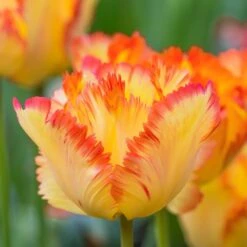




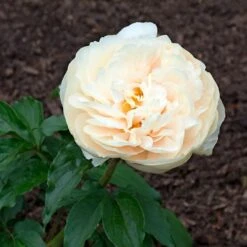


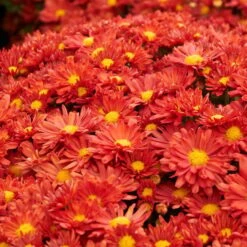
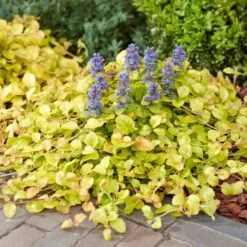


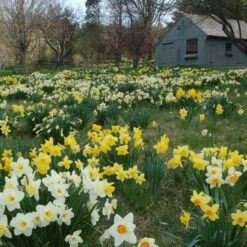
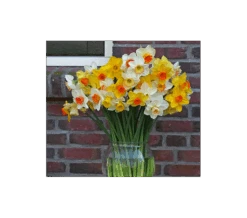


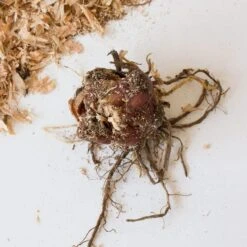
Reviews
There are no reviews yet.